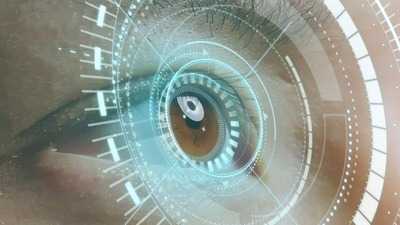
This sensor adapts to light changes faster than human eye
07 Jul 2025
A team of Chinese researchers has developed a revolutionary vision sensor using semiconductor "quantum dots."
The bionic visual sensor can adapt to extreme changes in light conditions in just 40 seconds. This is much faster than the human eye, which takes between two and 30 minutes to adjust.
The team's work was published in the American Institute of Physics's peer-reviewed journal, Applied Physics Letters.
This could lead to advanced technologies
Future prospects
The bionic visual sensor's ability to adjust sensitivity for improved object recognition and imaging could pave the way for advanced technologies.
These include more brain-like computing systems, as well as applications in artificial intelligence sensing fields such as autonomous driving and bionic robotics.
The research team from Fuzhou University highlighted this potential in their paper published on July 1.
Sensor offers faster computation with less energy consumption
Efficiency
The novel vision tool also tackles the problems of existing systems by offering faster computation with less energy consumption.
This is a major advantage over traditional methods, making the bionic visual sensor an even more attractive option for future technologies.
To note, the human visual system, which includes the retina, optic nerve, and brain's visual cortex, can adapt to extreme light changes and remember these settings for quicker adjustments in similar conditions.
A look at the performance
Results
The sensor was made by embedding quantum dots made of lead sulphide, in layers of polymer and zinc oxide.
To evaluate the tool, the researchers made a vision system that comprised an array of sensors and a tri-layer artificial neural network.
The results showed that following adaptation to light, the image recognition accuracy of the resulting device improved by 42%, while in case of dark adaptation the accuracy rose by 60%.